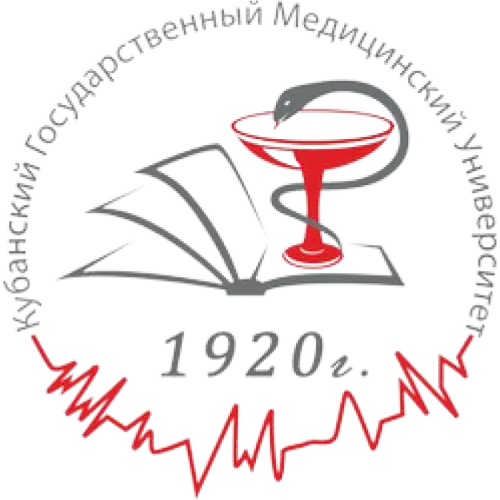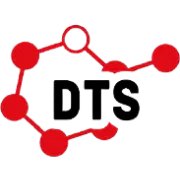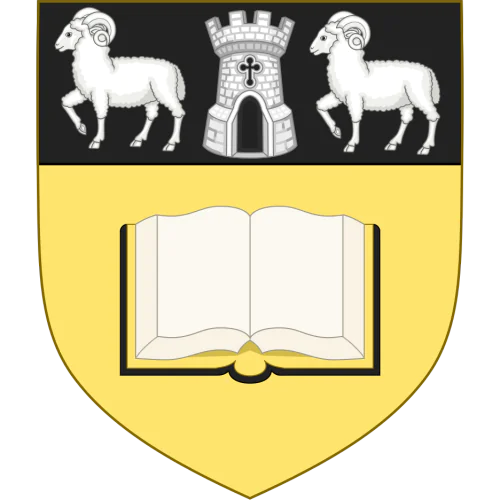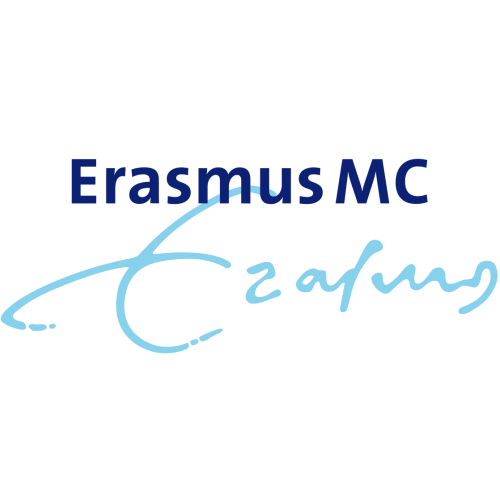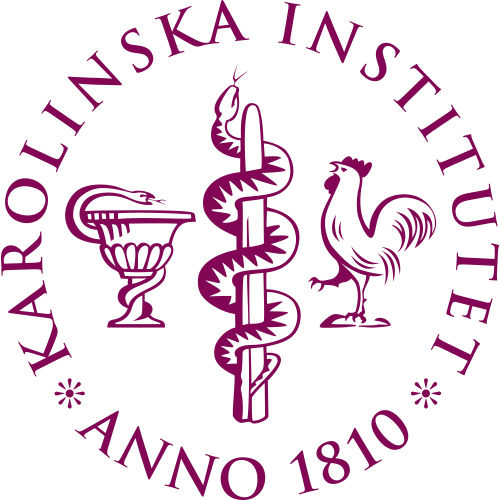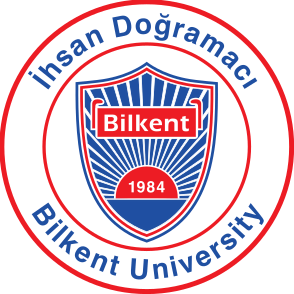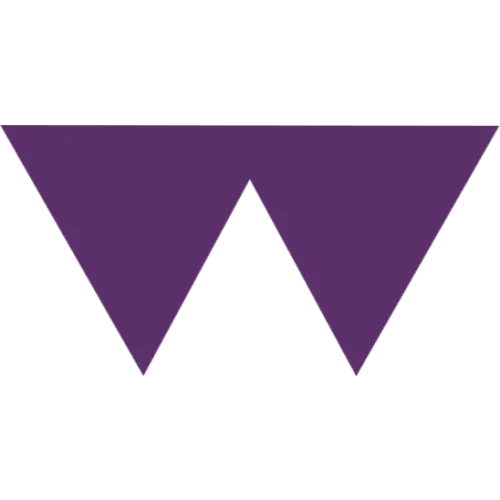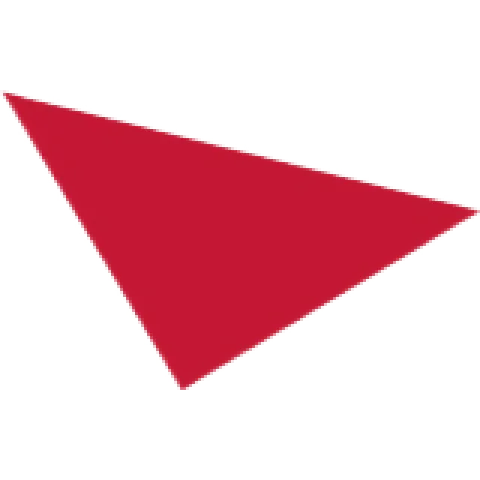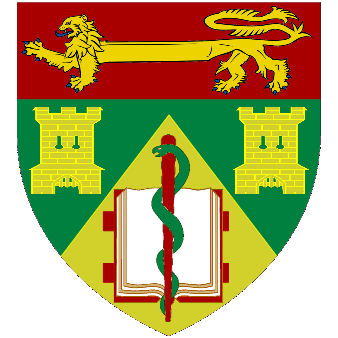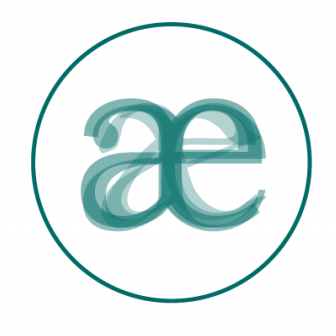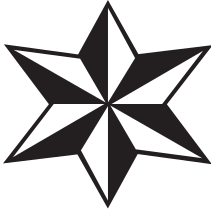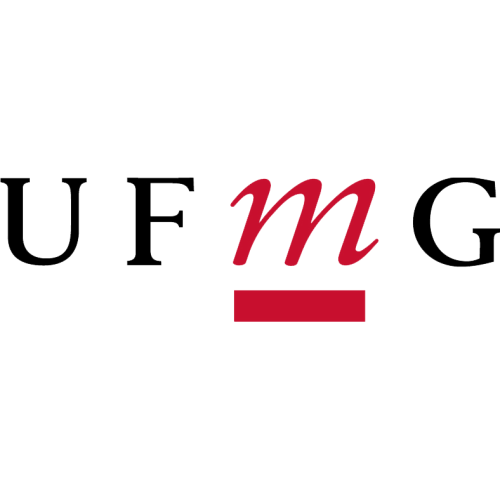Are you a researcher?
Create a profile to get free access to personal recommendations for colleagues and new articles.
Years of issue
2024-2025
journal names
Design for Health
Top-3 citing journals
Top-3 organizations

Sheffield Hallam University
(32 publications)

Auckland University of Technology
(20 publications)

Delft University of Technology
(8 publications)

Sheffield Hallam University
(18 publications)

Auckland University of Technology
(9 publications)

University of South Australia
(5 publications)
Top-3 countries
Top-2 researchers by articles count
2 publications in journal

Chrysikou Evangelia
26 publications,
160 citations,
7 reviews
h-index: 8

University College London
1 publication in journal

Wartena Bard
8 publications,
111 citations
h-index: 5
Most cited in 5 years
Found
Nothing found, try to update filter.
Found
Nothing found, try to update filter.
Top-100
Citing journals
Citing publishers
Publishing organizations
Publishing organizations in 5 years
Publishing countries
|
10
20
30
40
50
60
70
80
90
|
|
|
United Kingdom
|
United Kingdom, 84, 40.58%
United Kingdom
84 publications, 40.58%
|
|
Australia
|
Australia, 30, 14.49%
Australia
30 publications, 14.49%
|
|
New Zealand
|
New Zealand, 22, 10.63%
New Zealand
22 publications, 10.63%
|
|
Netherlands
|
Netherlands, 21, 10.14%
Netherlands
21 publications, 10.14%
|
|
USA
|
USA, 18, 8.7%
USA
18 publications, 8.7%
|
|
Canada
|
Canada, 9, 4.35%
Canada
9 publications, 4.35%
|
|
India
|
India, 5, 2.42%
India
5 publications, 2.42%
|
|
Sweden
|
Sweden, 4, 1.93%
Sweden
4 publications, 1.93%
|
|
Germany
|
Germany, 3, 1.45%
Germany
3 publications, 1.45%
|
|
China
|
China, 3, 1.45%
China
3 publications, 1.45%
|
|
Belgium
|
Belgium, 3, 1.45%
Belgium
3 publications, 1.45%
|
|
Denmark
|
Denmark, 3, 1.45%
Denmark
3 publications, 1.45%
|
|
Ireland
|
Ireland, 3, 1.45%
Ireland
3 publications, 1.45%
|
|
Spain
|
Spain, 3, 1.45%
Spain
3 publications, 1.45%
|
|
Italy
|
Italy, 3, 1.45%
Italy
3 publications, 1.45%
|
|
Norway
|
Norway, 3, 1.45%
Norway
3 publications, 1.45%
|
|
Brazil
|
Brazil, 2, 0.97%
Brazil
2 publications, 0.97%
|
|
Turkey
|
Turkey, 2, 0.97%
Turkey
2 publications, 0.97%
|
|
South Africa
|
South Africa, 2, 0.97%
South Africa
2 publications, 0.97%
|
|
Israel
|
Israel, 1, 0.48%
Israel
1 publication, 0.48%
|
|
Iraq
|
Iraq, 1, 0.48%
Iraq
1 publication, 0.48%
|
|
Iran
|
Iran, 1, 0.48%
Iran
1 publication, 0.48%
|
|
Kenya
|
Kenya, 1, 0.48%
Kenya
1 publication, 0.48%
|
|
Nigeria
|
Nigeria, 1, 0.48%
Nigeria
1 publication, 0.48%
|
|
UAE
|
UAE, 1, 0.48%
UAE
1 publication, 0.48%
|
|
10
20
30
40
50
60
70
80
90
|
Publishing countries in 5 years
|
5
10
15
20
25
30
35
40
45
|
|
|
United Kingdom
|
United Kingdom, 41, 29.29%
United Kingdom
41 publications, 29.29%
|
|
Australia
|
Australia, 14, 10%
Australia
14 publications, 10%
|
|
Netherlands
|
Netherlands, 11, 7.86%
Netherlands
11 publications, 7.86%
|
|
New Zealand
|
New Zealand, 11, 7.86%
New Zealand
11 publications, 7.86%
|
|
USA
|
USA, 9, 6.43%
USA
9 publications, 6.43%
|
|
India
|
India, 5, 3.57%
India
5 publications, 3.57%
|
|
Canada
|
Canada, 5, 3.57%
Canada
5 publications, 3.57%
|
|
Germany
|
Germany, 3, 2.14%
Germany
3 publications, 2.14%
|
|
Ireland
|
Ireland, 3, 2.14%
Ireland
3 publications, 2.14%
|
|
Norway
|
Norway, 3, 2.14%
Norway
3 publications, 2.14%
|
|
Belgium
|
Belgium, 2, 1.43%
Belgium
2 publications, 1.43%
|
|
Spain
|
Spain, 2, 1.43%
Spain
2 publications, 1.43%
|
|
Sweden
|
Sweden, 2, 1.43%
Sweden
2 publications, 1.43%
|
|
South Africa
|
South Africa, 2, 1.43%
South Africa
2 publications, 1.43%
|
|
Brazil
|
Brazil, 1, 0.71%
Brazil
1 publication, 0.71%
|
|
Denmark
|
Denmark, 1, 0.71%
Denmark
1 publication, 0.71%
|
|
Iraq
|
Iraq, 1, 0.71%
Iraq
1 publication, 0.71%
|
|
Italy
|
Italy, 1, 0.71%
Italy
1 publication, 0.71%
|
|
Kenya
|
Kenya, 1, 0.71%
Kenya
1 publication, 0.71%
|
|
Nigeria
|
Nigeria, 1, 0.71%
Nigeria
1 publication, 0.71%
|
|
UAE
|
UAE, 1, 0.71%
UAE
1 publication, 0.71%
|
|
5
10
15
20
25
30
35
40
45
|
2 publications in journal

Chrysikou Evangelia
26 publications,
160 citations,
7 reviews
h-index: 8

University College London
1 publication in journal

Wartena Bard
8 publications,
111 citations
h-index: 5



















